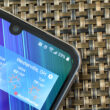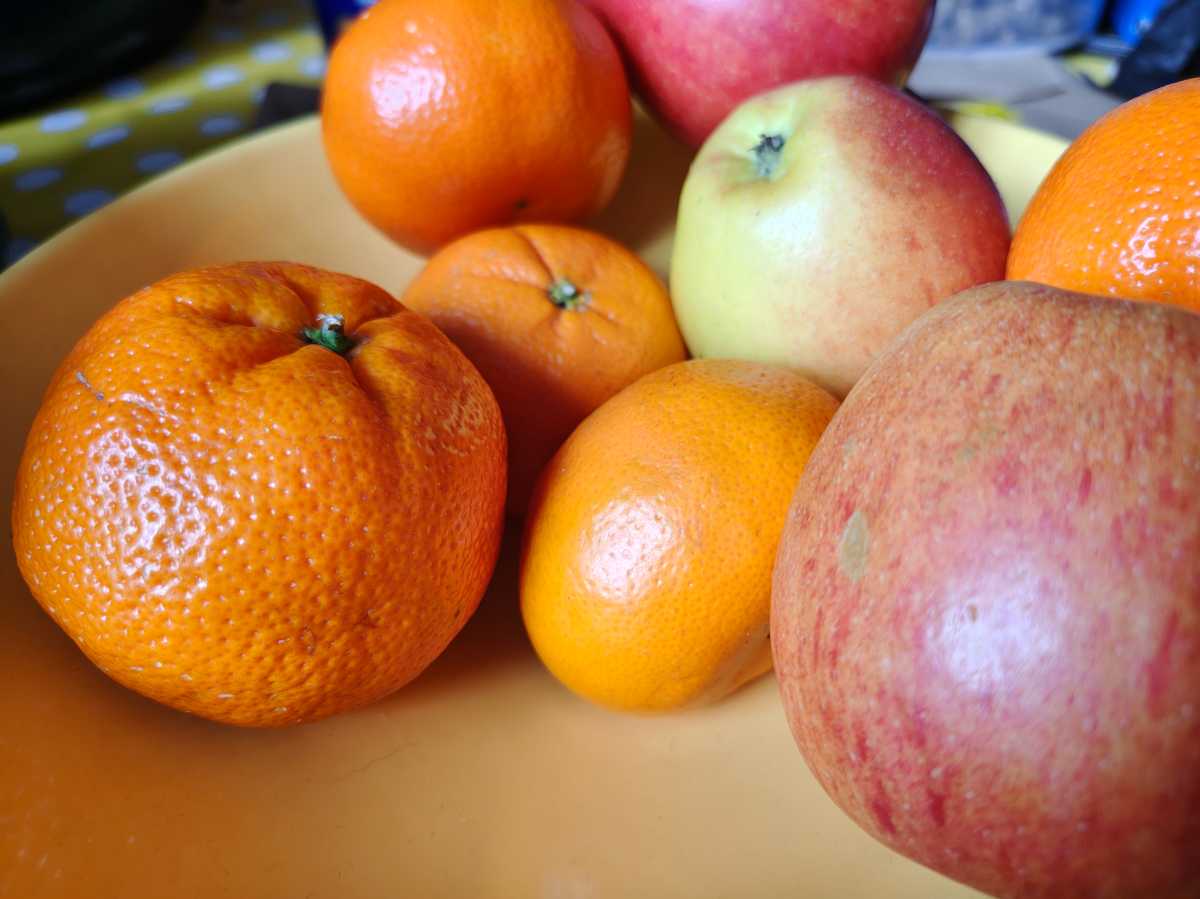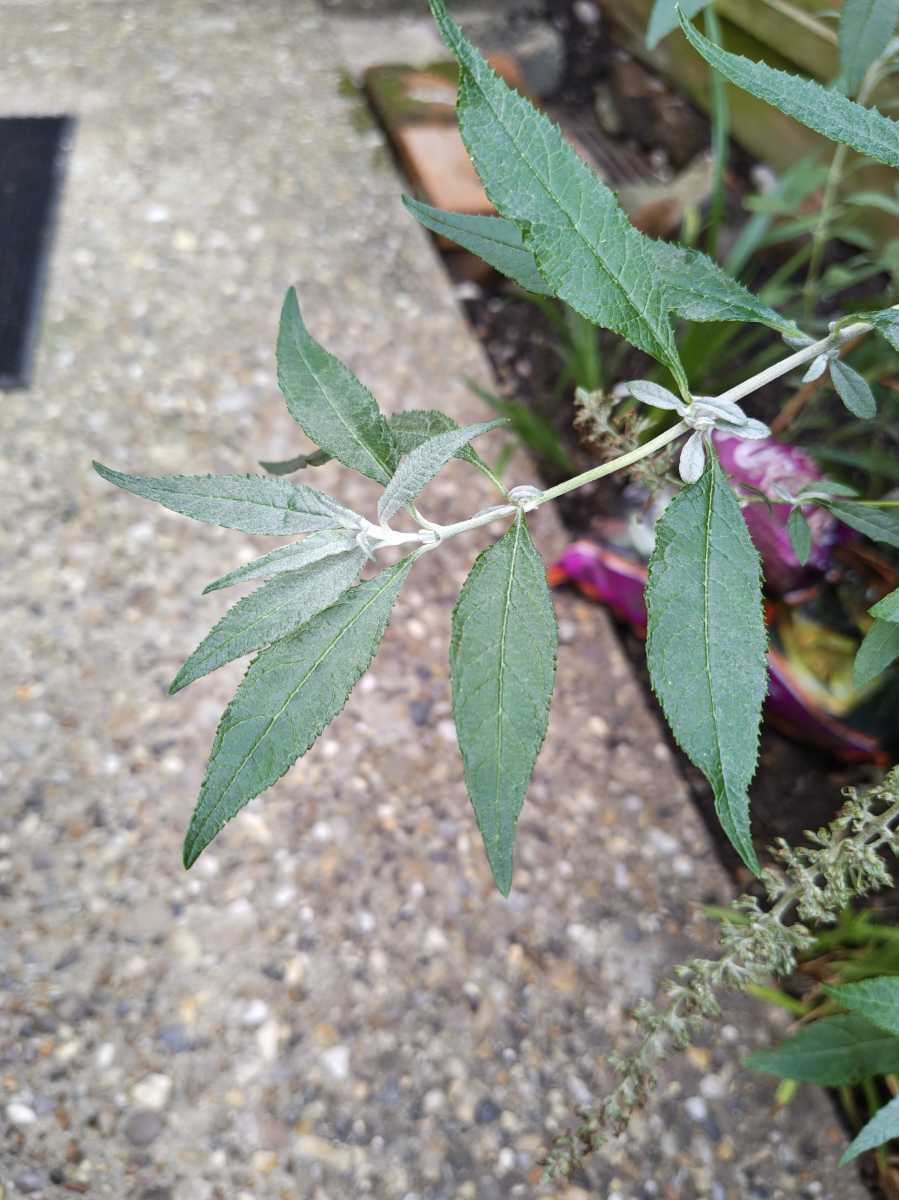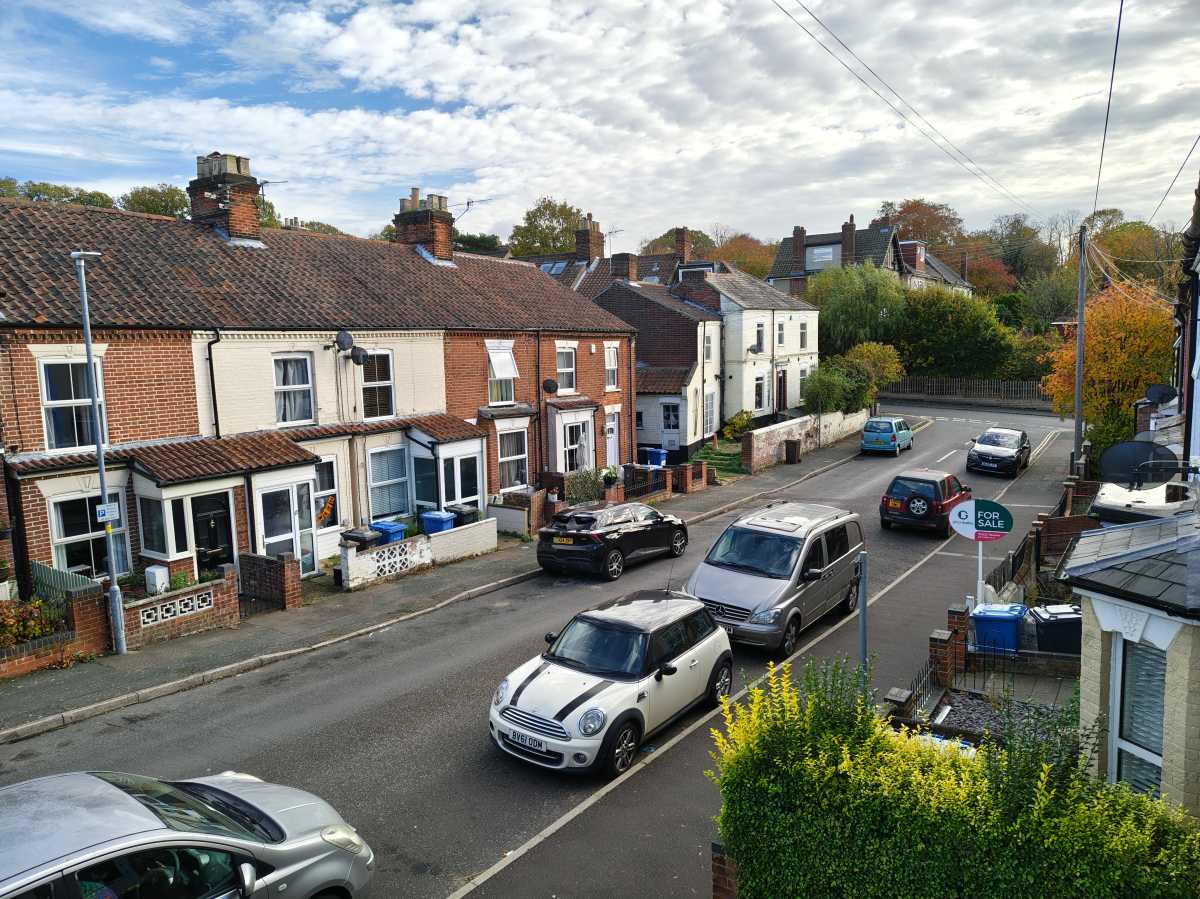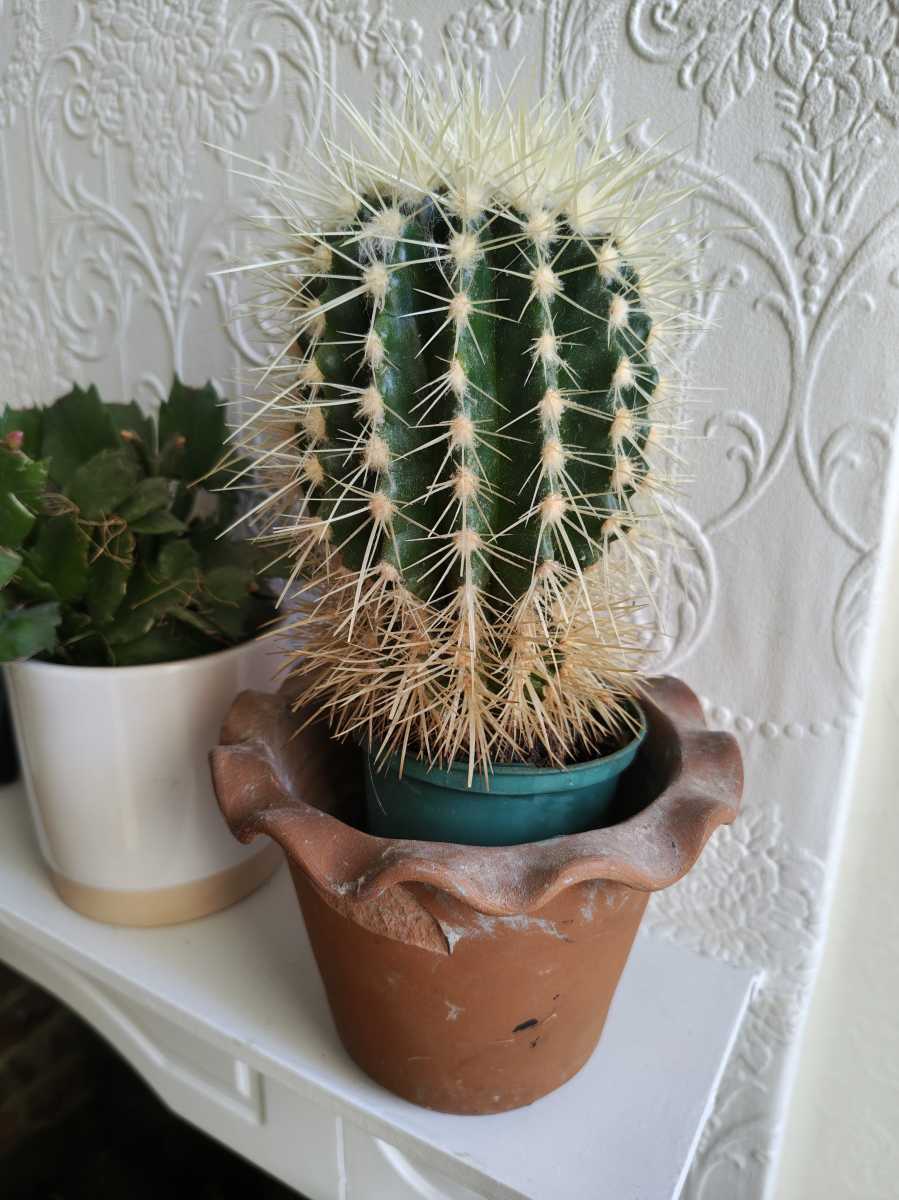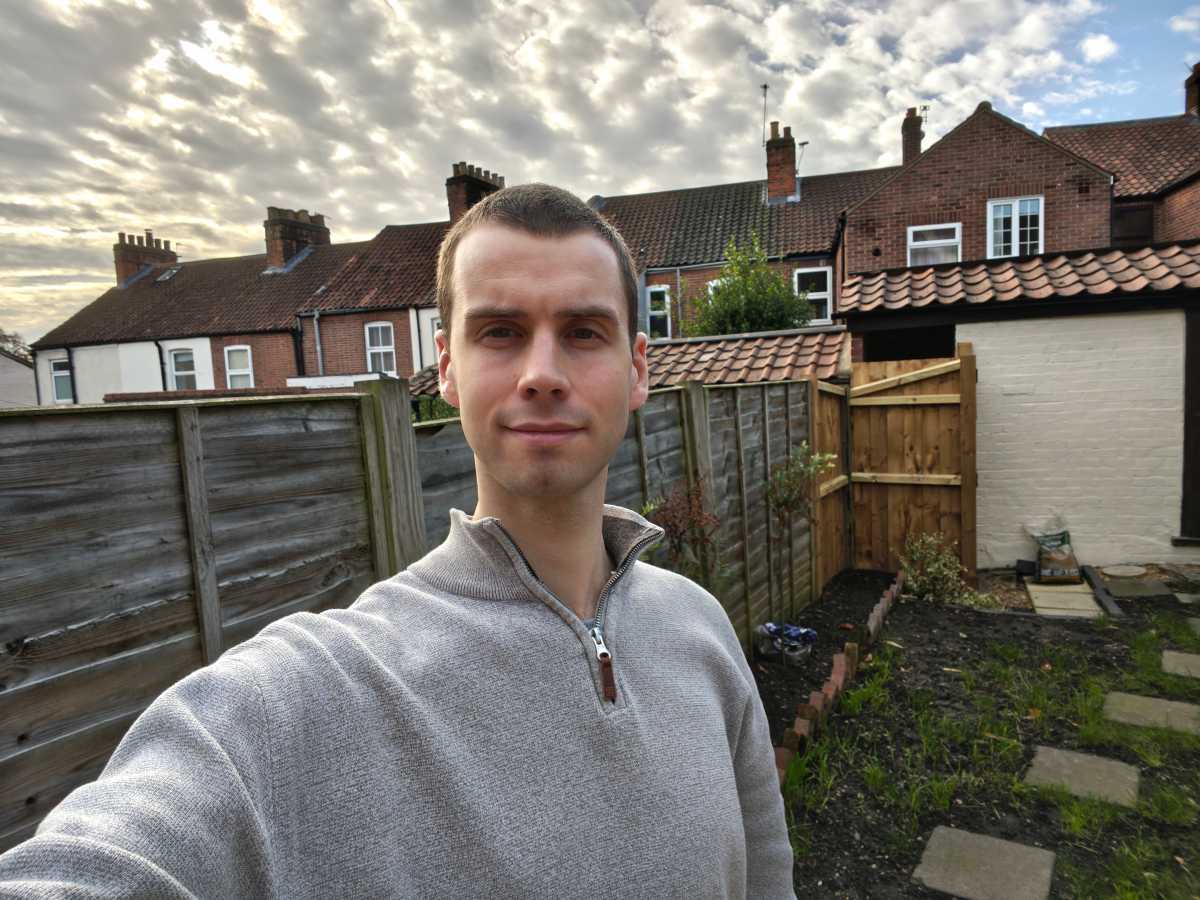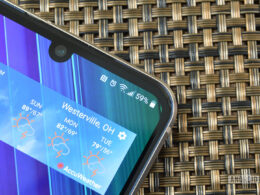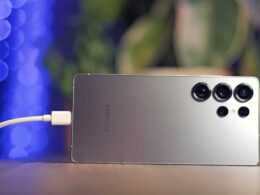The ultra-slim phone dream might be over before it’s properly begun.
Samsung has reportedly already jumped ship, with disappointing sales of the 5.8mm Galaxy S25 Edge causing it to be ditched on the upcoming Galaxy S26 series. Apple isn’t ready to give up just yet, but there are signs that the 5.6mm iPhone Air isn’t selling as well as its iPhone 17 counterparts.
Despite their premium price tags, both phones have major compromises compared to their thicker siblings, most notably in battery life and cameras. If two of the biggest smartphone makers on the planet can’t make a super-slim handset work, what hope does anyone else have?
As it turns out, a lot more than I was expecting. Without any dedicated branding, you could be fooled into thinking that the Motorola Edge 70 was a regular entry in the company’s mid-range phone lineup.
However, you’d be very wrong. At 5.99mm and 159g, it’s dramatically thinner and lighter than the Edge 60 (7.9mm and 179g), while also introducing some genuinely premium features.
The Edge 70 is one of the best-looking phones I’ve used in 2025 – and as someone who reviews them for a living, that’s high praise
I’ve only been using the phone for a few hours, but I can already see this being a much better buy than the underwhelming iPhone Air and Galaxy S25 Edge. Here are five areas in which Motorola has the upper hand.
A gorgeous yet practical design
If you’re looking for the absolute thinnest smartphone on the market, you shouldn’t buy the Motorola Edge 70. At 5.99mm, it’s significantly thicker than both the iPhone Air (5.6mm) and the Galaxy S25 Edge (5.8mm), something I noticed immediately.
The Edge 70 is still very slim – it’s over 2mm thinner than the Galaxy S25 Ultra and all Pixel 10 phones – just not in a way that immediately makes you go ‘wow’.
What particularly impressed me is how light the phone feels. At 159g, it’s lighter than Apple and Samsung rivals, and one of the lightest smartphones of 2025. With rounded corners and a grippy textured (and supposedly nylon-inspired) rear finish, it’s the most comfortable case-free phone I’ve used in years.
That’s before you even get to the aesthetics. The Edge 70 is one of the best-looking phones I’ve used in 2025 – and as someone who reviews them for a living, that’s high praise.
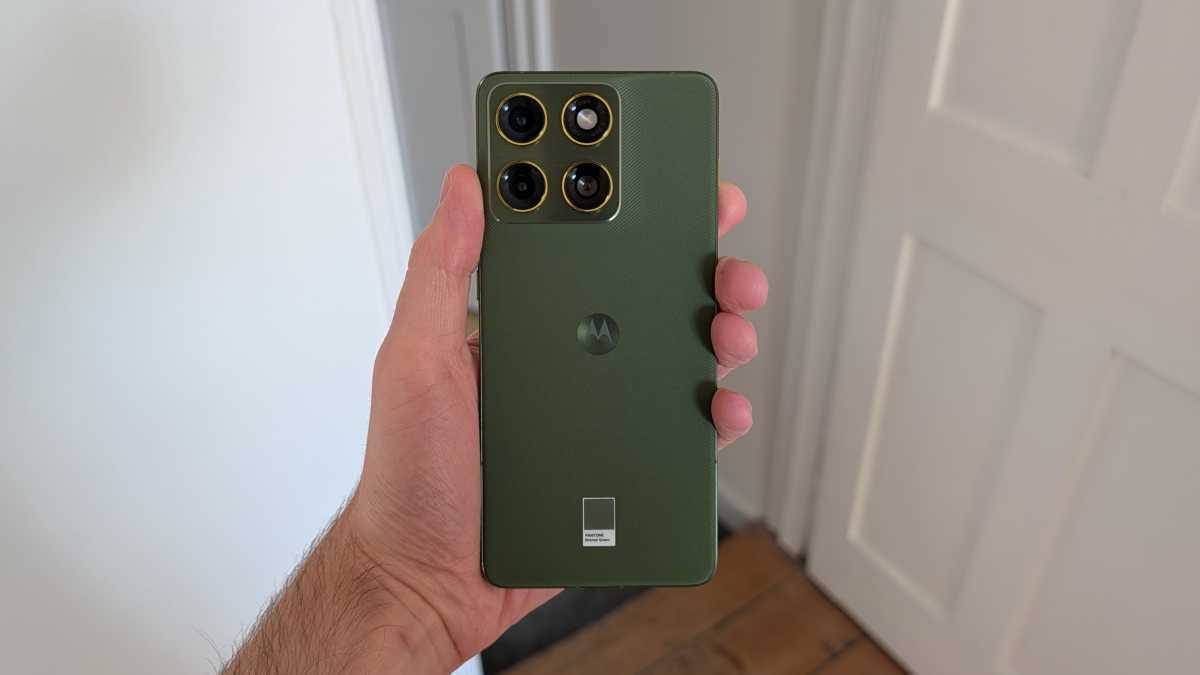
Anyron Copeman / Foundry
The Edge 60 is available in three Pantone-certified colours: Lily Pad, Gadget Grey and Bronze Green. I particularly like the latter, the model I’m testing – its subtle, earthy tones offer something a bit different compared to the generic black and silver handsets that we see so often.
Unmatched durability
In my few hours with the phone, I’m yet to drop it, let alone provide a more extreme durability test. However, I’d be confident in its ability to survive unscathed.
The Edge 70 boasts both IP68 and IP69 ratings. To do so, it must have been exposed to the following without any long-term damage: submersion in up to 1.5m of freshwater for up to 30 minutes, high-temperature and pressure water jets, steam cleaning and dust particles of all sizes.

Anyron Copeman / Foundry
But that’s not all. With a military-standard MIL-STD-810 compliance and drop-resistant Gorilla Glass 7i on the gorgeous 6.7-inch OLED display, the Edge 70 is built to last, and I’m here for it.
A proper camera system
All too often, slim phones make big compromises when it comes to cameras. That’s particularly apparent on the iPhone Air, with a single 48Mp rear lens seriously harming the overall experience.
The Edge 70 is a big step forward compared to Apple’s phone, with its 50Mp main lens supported by a 50Mp ultrawide (120-degree field of view) and separate macro lens. I’d still like to see a dedicated telephoto lens for optical zoom photography, but this is a trade-off the Galaxy S25 Edge also makes.
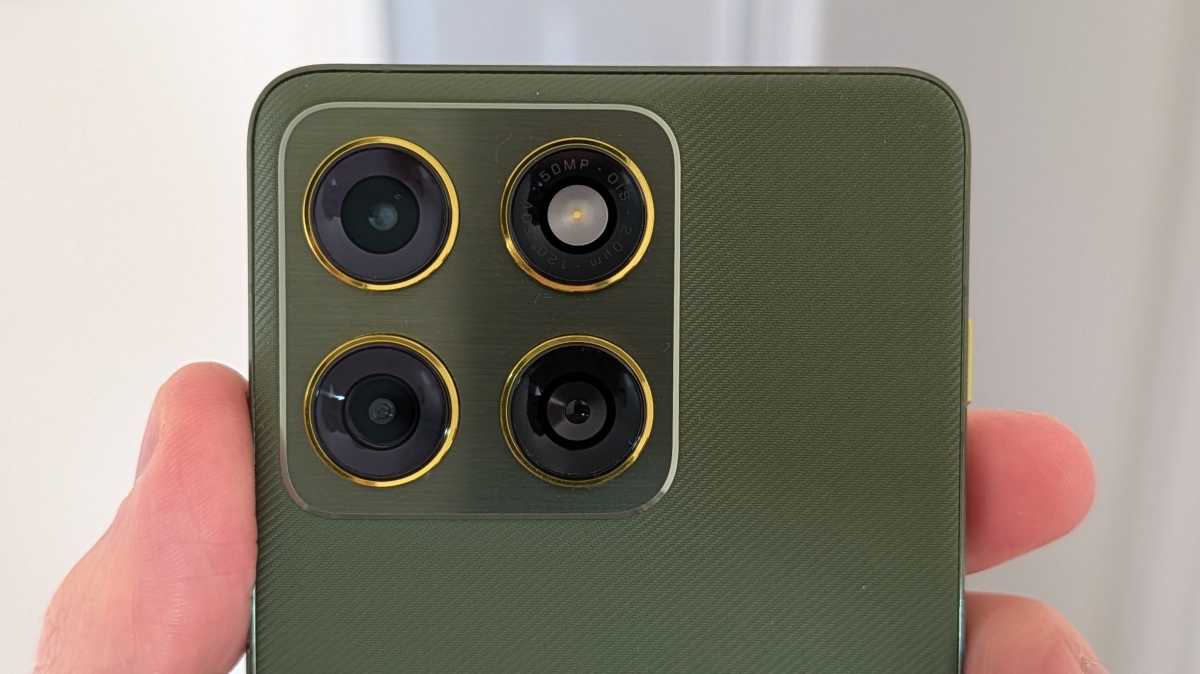
Anyron Copeman / Foundry
Early indications suggest this will be a very good camera system for the price (more on that later). In the test photos I took, images consistently offered excellent detail and superb dynamic range. Colours aren’t true to life, but the punchy, high-contrast look is very aesthetically pleasing.
I’m really enjoying its portrait photos, too, which generally avoid the common issue of mistaking where the in-focus subject should end and the blurred background begins.
On the front, a 50Mp sensor delivers strong selfies, managing to capture the complex skies that many phone cameras overexpose. So far, so good.
Of course, there’s plenty of camera testing still to be done. I don’t know how the Edge 70 will handle low-light environments, or how much of a drop-off in quality the ultrawide lens might be. However, it’s a very promising start, and already better than the iPhone Air.
Advanced battery tech and genuine fast charging
The single biggest challenge for ultra-slim phones is battery life. With such little space to work with, fitting in a huge cell is practically impossible.
That’s borne out in the competition, with the Galaxy S25 Edge offering a paltry 3900mAh capacity that was its major weakness. Apple doesn’t quote battery capacities, but the iPhone Air is reported to feature a 3100mAh cell, though it performed better than that figure suggests.
However, on paper, Motorola has managed to achieve zero-compromise battery life. By utilising silicon-carbon technology, it’s been able to equip the Edge 70 with a promising-sounding 4800mAh battery.
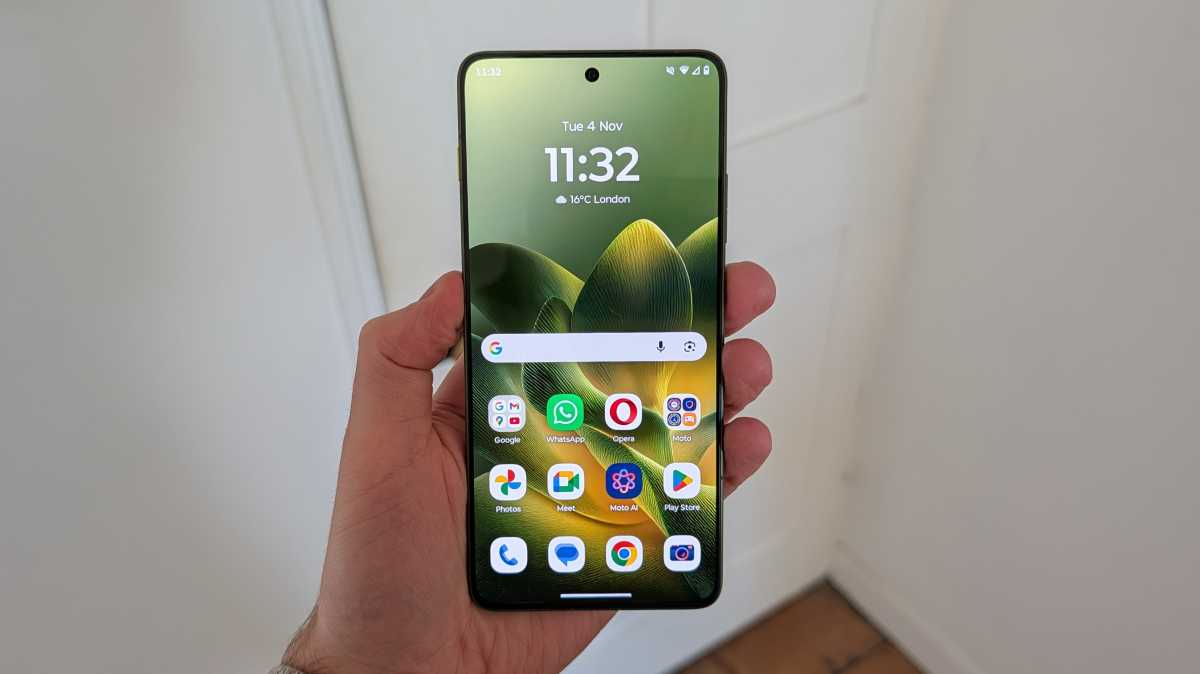
Anyron Copeman / Foundry
Of course, I haven’t been able to test this properly yet, but the company claims you can get up to 50 hours on a single charge – e.g. more than two full days. That might not be possible with real-world usage, but even if it just consistently lasted a full day with charge to spare, that’d be a major upgrade compared to Samsung and Apple.
Motorola is also blowing its rivals out of the water with regard to charging. The Edge 70 supports 68W speeds, putting it in a different universe from the 25W S25 Edge and 20W iPhone Air.
Like most phones these days, the charger isn’t included in the box, but Motorola’s superb pre-order deal means you’ll be able to get it (and some other great accessories) at no extra cost.
In my early testing, performance has been a strength, not a weakness
I’m looking forward to testing just how fast the Edge 70 can charge. Regardless, it’s almost guaranteed to be quicker than anything Apple or Samsung can offer. As someone who prefers to charge their phone in the morning rather than overnight, this is significant.
A price that’s actually reasonable
My biggest complaint about the iPhone Air and Galaxy S25 Edge is their price tags. The phones start at £999/$999 and £1,099/$1,099 respectively, with costs climbing quickly if you need more storage.
By contrast, the Motorola Edge 60 costs just £699.99 (US availability TBC), meaning it’s still cheap enough to be considered a mid-range phone.
Sure, there are compromises, most notably the mid-range Snapdragon 7 Gen 4 chipset. But in my early testing, performance has been a strength, not a weakness. Unless you plan on graphic-intensive gaming or using other demanding apps, I don’t anticipate it being a problem.

Anyron Copeman / Foundry
Of course, there’s lots more testing to do, but the Edge 70 has made a very promising start. It’s the first ultra-slim phone that I could actually see myself using long-term, which is more than could be said for the iPhone Air or Galaxy S25 Edge.
You can pre-order the Edge 70 from the Motorola website or Amazon, plus a range of third-party retailers and networks, ahead of its release on 18 November.
Related articles
- Motorola’s iPhone Air rival is official early – and you can already get it for just £450
- Motorola Edge 60 Pro review: The best-looking mid-range phone yet
- Samsung Galaxy S25 Edge review: Design you’ll pay a price for
- Apple iPhone Air review: The least sensible iPhone ever
Link do Autor

